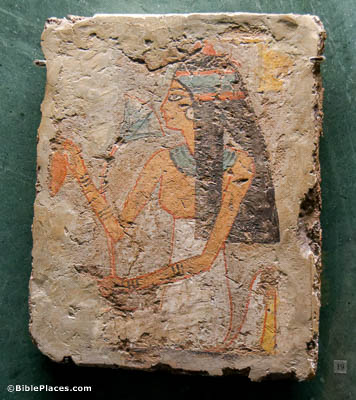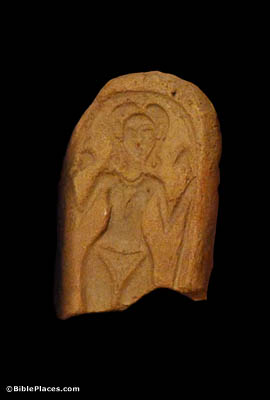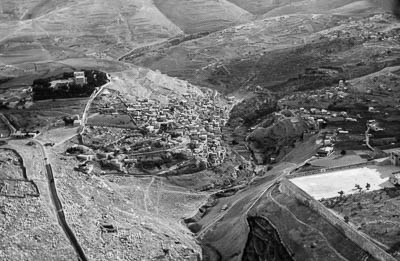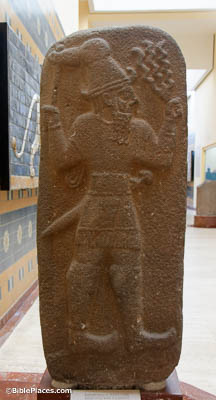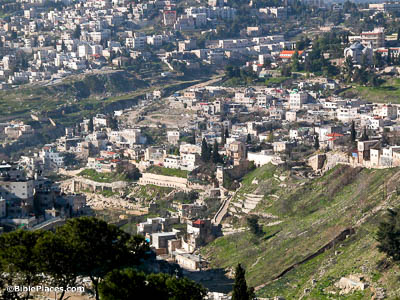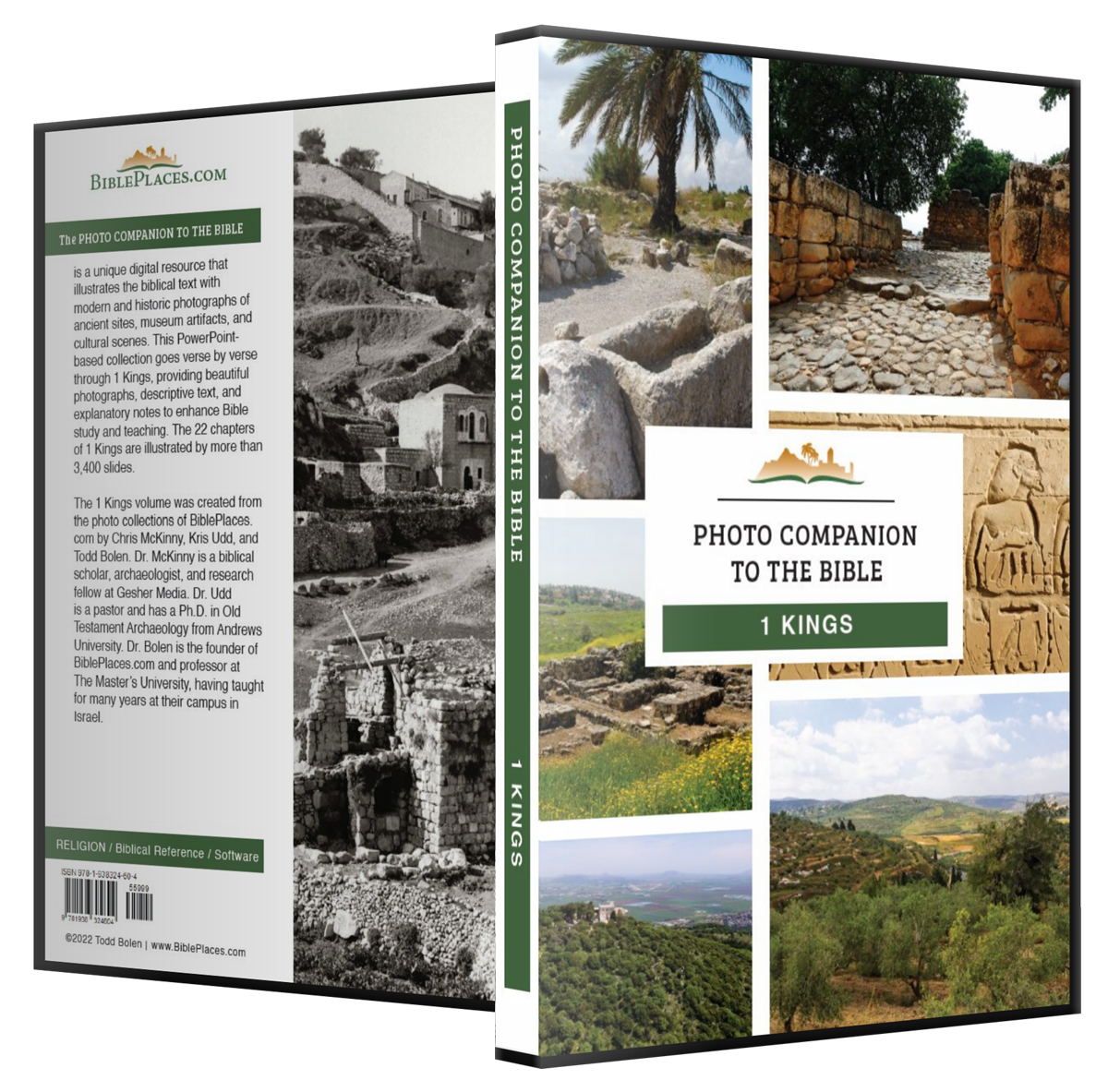Now King Solomon loved many foreign women (1 Kings 11:1).
The word “foreign” indicates that these women were not Israelite. Based on the following description it is safe to conclude that, by and large, they did not convert to worship of Yahweh, although the word “foreigner” can include those who fear the true God as well (1 Kgs 8:41-43). The daughter of the Egyptian king is noted specifically several times (e.g., 1 Kgs 3:1; 7:8; 9:16, 24), indicating the significance of Solomon’s marriage to her. This painting of an Egyptian woman was photographed at the Louvre Museum.
